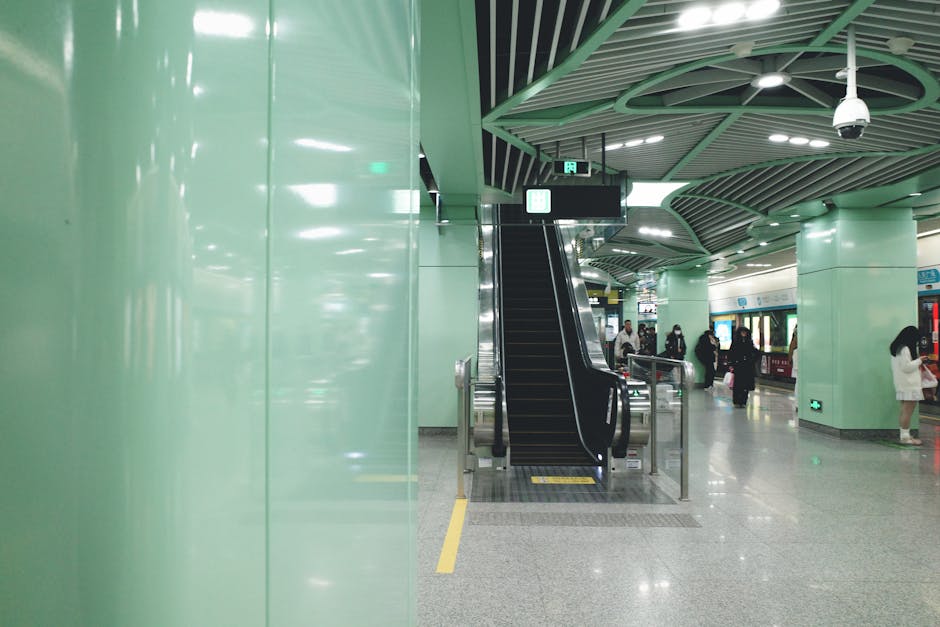Assessing Your Current Security Needs
Assessing Your Current Security Needs
Blog Article

In an increasingly unpredictable world, the importance of a robust security system cannot be overstated. Whether for a business or personal environment, a well-thought-out security system strategy serves as a blueprint for safeguarding assets, ensuring safety, and maintaining peace of mind. By assessing current security needs, identifying key components of an effective system, and developing a comprehensive strategy, individuals and organizations can create a resilient security posture that adapts to evolving threats.
Assessing Your Current Security Needs
The first step in crafting a successful security system strategy is to evaluate your current security needs. This involves conducting a thorough risk assessment to identify vulnerabilities and potential threats. Consider the following practical tips to guide your evaluation:
- Identify Assets: Take inventory of what needs protection. This could include physical assets such as buildings, equipment, and inventory, as well as intangible assets like sensitive data and intellectual property.
- Evaluate Threats: Consider potential threats, both internal and external. Internal threats may involve employee negligence, while external threats could range from burglary to cyber-attacks.
- Assess Current Measures: Review existing security measures. Are they adequate? Are there gaps that need addressing? Understanding your baseline can highlight areas for improvement.
By recognizing your specific needs, you can begin to formulate a strategy that addresses the unique challenges you face.
Key Components of an Effective Security System
- Physical Security: This encompasses barriers such as fences, locks, and physical guards that deter unauthorized access. Surveillance systems, such as cameras, are also critical in monitoring premises and recording incidents.
- Access Control: Implementing access control measures ensures that only authorized individuals can enter specific areas. This may involve key cards, biometric scanners, or security personnel.
- Alarm Systems: Alarms serve as a deterrent and alert users to unauthorized access or potential threats. Integrating alarm systems with monitoring services can enhance response times.
- Cybersecurity Measures: In a digital age, protecting data is just as important as physical security. Firewalls, encryption, and regular software updates are essential to safeguard against cyber threats.
Each of these components should be tailored to the specific needs identified in the previous step, ensuring a cohesive and comprehensive approach.
Developing a Comprehensive Security Strategy
Having assessed your needs and identified key components, the final step is to develop a comprehensive security strategy. This strategy should be dynamic, allowing for adjustments as new threats emerge. Here are actionable steps to consider when crafting your security system strategy:
- Establish Clear Policies: Define security policies that outline roles, responsibilities, and protocols for responding to security incidents. Ensure that all stakeholders are aware of these policies and trained in their execution.
- Regular Training: Conduct regular training sessions for employees, covering both physical security protocols and cyber hygiene practices. This helps foster a culture of security awareness within the organization.
- Continuous Monitoring and Improvement: Security is not a one-time setup. Regularly evaluate and adapt your strategy based on incident reports, evolving threats, and technological advancements. This could involve upgrading equipment or reassessing risk assessments.
- Engage with Professionals: Consider consulting with security experts who can provide insights tailored to your specific situation. They can assist in selecting the right equipment, such as surveillance cameras, that align with your security system strategy.
In conclusion, developing an effective security system strategy requires careful assessment, an understanding of key components, and a commitment to ongoing improvement. By approaching security as a comprehensive and dynamic process, individuals and organizations can protect their assets and foster a secure environment. For those looking to enhance their security systems with reliable equipment, exploring options such as wholesale security cameras can be a valuable resource. Your proactive measures today will fortify your security for the future.